Literary Ganders, Vol. 01
Good morning, and welcome to a new day and a new type of post: Literary Ganders. Every month or so, we’ll bring you a piece on books we’ve read, are reading, or have heard great buzz about and plan on reading soon! So get gandering, and let us know what you’re reading in the comments. . .
Take a moment to look up from your screen and glance around the room that you are in right now. (Hopefully you are at home! But if you are not because you work for an essential business, just know that we are thinking of you and thankful to you every single moment.). What do you see? Furniture? A window? Sunshine rolling in? A cloudy sky? Chances are you also see things. Now, what these things are will very much depend on where you are…Maybe it’s gym equipment. Maybe it’s a toaster! Heck, maybe it’s a small succulent perched on your windowsill. Whatever it is, it should mean something to you. What we choose to fill our space with matters, and books are no exception.
Whether you grew up in a house with a designated library (lucky duck!) or anxiously await the arrival of a new Audible credit so that you can download an audiobook for free onto your phone, books matter. Spending time with friends — oh how we miss that — and spending time reading a mind-opening, escapist, pleasurable, challenging, or nostalgic book are two sides of the same coin — one works better for staying at home!
So, this week, we’d like to chat about a classic title that we love and think is apropos for our crazy times. Let’s jump in.
Our first pick. . . Their Eyes Were Watching God by Zora Neale Hurston
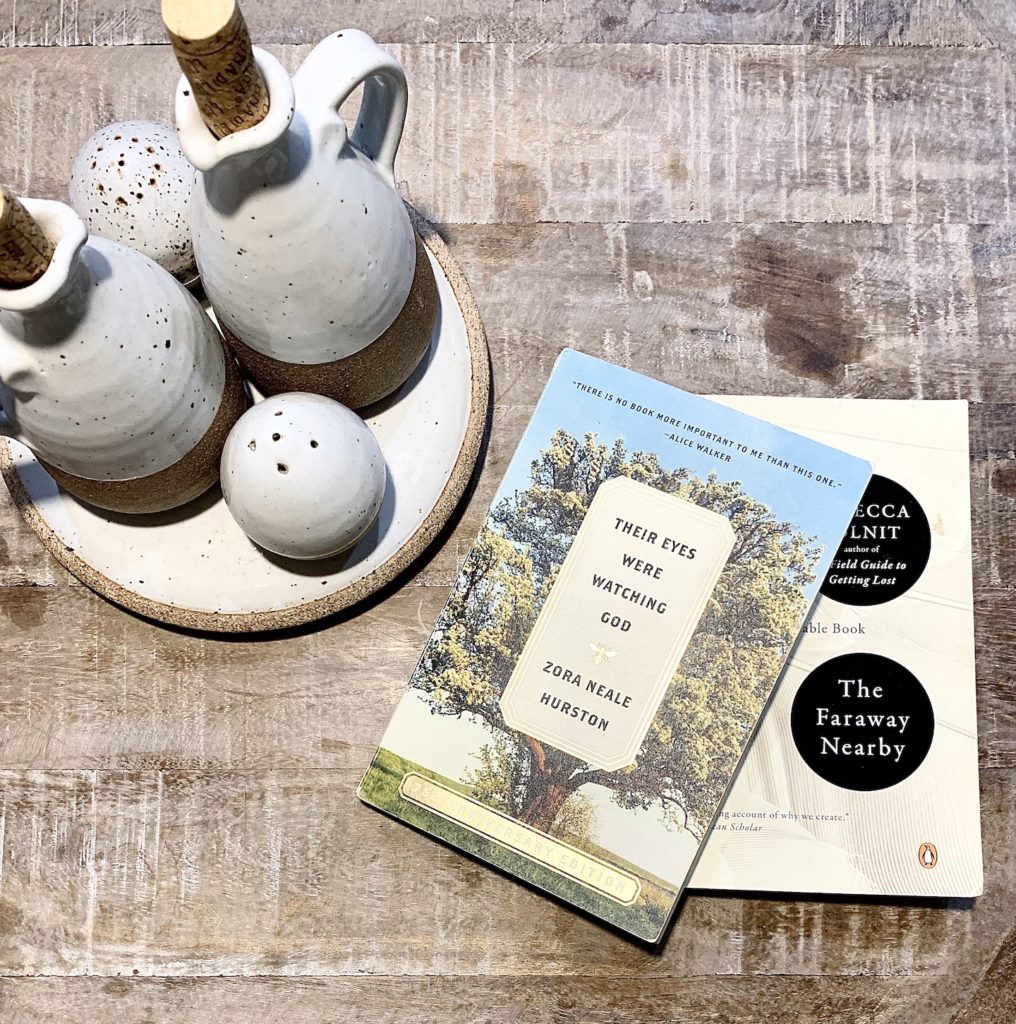
There’s no other way to put it: Hurston was a spectacular woman.
In the 1920s, she, a woman whose grandparents had all been born into slavery, graduated from Barnard College with a Bachelor’s degree in Anthropology. She studied under the prolific “father” of Anthropology, Franz Boas, but made the field her own by studying African-American folklore and cultural tradition. In addition to her anthropological work, she also collaborated with the likes of Langston Hughes, taught drama, and wrote novels. We’d be thrilled to accomplish one tenth of the achievements that Hurston did in her lifetime.
Unfortunately, the timing of her life, financially speaking (Remember the Great Depression and the lack of civil rights?), was such that it was difficult for intellectual and creative persons to acquire grants and funds. While Hurston continued to work throughout her life — at times backed by a rich patron — her financial struggles did not leave her. That fact — and a disgustingly false accusation of child molestation — forced her into a welfare home in St. Lucie County, FL, where she died in 1960. Tragically, Hurston was buried in an unmarked grave. That is, it was unmarked until 1972 when author Alice Walker located it and made sure that the world knew whose glorious bones occupied that patch of earth.
To learn more about Hurston, visit this link. Not enough? Check out these two articles from The New Yorker (1997!) and The Chronicle of Higher Ed. (2011).
We’ve chosen to write about Their Eyes Were Watching God for a few reasons. First, you might already own it. In the last 20 years, this excellent novel has popped up in high school English classrooms across the country. Second, you probably didn’t like it when you read it in school, so it’s time to give it another shot. And third? It’s — roughly speaking — about the end of the world. (Fourth, did you read all that stuff about Hurston? No other reasons required.)

The end of the world. . .are we living through it? We don’t think so. But we are certainly coming face to face with personal mortality, the delicacy of societal structures, and fears about the future. So how do we deal with this anxiety and stay home? We (re-)read Hurston’s tale of individual awakening, complicated relationships, communal values, mob mentality, exclusion, inclusion, and catastrophic natural disaster.
Yes, “God” is named in the title, but the book is not particularly religious in a traditional sense. Rather, it’s a spiritual read, one to find faith in, not a predetermined God belonging to any one religion.
Published in 1937, Their Eyes follows the life of the fictional Janie Crawford as she finds herself and discovers the difficulties of being a woman in world governed by men and where the rules change on a whim. For us, what’s so enticing about Janie is that she is by no means “perfect” or idealized. There are, of course, ways in which she is undeniably fictitious — descriptions of her beauty resound with cathedral-level acoustics — but she makes mistakes, lots of them. More so, she deals with these mistakes, owns them, and thereby, engage us in an honesty that many protagonists lack.
The first three-fourths of the novel read like vignettes, which isn’t surprising given Hurston’s background in anthropological research and folklore recording. We see Janie as a child under the pear tree. (If you did read this book in high school, you probably remember that passage.). We see her swept away from her humble beginnings by a rich man. We see her struggle with the jealously of other townswomen. We see her empathize with a mule and refuse to partake in “mule-baiting.” We see her find love.
And then the end of the world begins. Or maybe it’s been coming the whole time. Either way, the characters of Hurston’s rich world set in the American Southeast must learn how to survive. The silly societal hierarchies must be put aside so that they can better fend for their lives. Except it is only when this reckoning — an unprecedented storm — arrives that we realize just how ingrained these hierarchies really are. They make up the fabric of our communities, and in times of crisis, we must make a choice: be bigger than these “societal standings” or uphold them and therefore crumble under their enormous pressure.
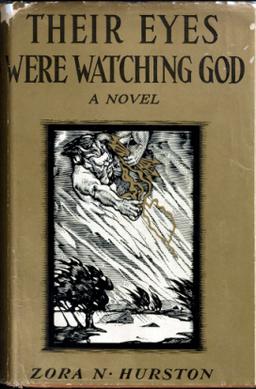
It feels like there has been no better moment for us to revisit Their Eyes than the one we live in right now.
We also recommend. . .
A Field Guide to Getting Lost is a collection of essays about finding and losing one’s self in history and nature. Solnit’s winding prose often seems to focus on the unrelated, but, nevertheless, always makes a fitting return to the subject at hand. Among the topics for her essays are early American kidnappings, punk rock, and the color blue. Buy her book here.
Amor Towles’ fabulous novel A Gentleman in Moscow follows the Count Alexander Rostov’s “hotel” arrest (like house arrest but a little more luxurious) over the period of several decades. While this might sound grim — especially given our trying times — Towles’ writing is humorous and light. He doesn’t avoid gravity, but rather brings a feather’s touch to it. (This title was also featured on Obama’s summer reading list a couple of year’s back!) Buy it here.
Another classic to re-read: Jane Austen’s Mansfield Park. Talk about severity and the importance of a place, Mansfield Park is the perfect Austen novel for this moment. While Brontë might seem more fitting given its moodiness, Park‘s lighter tone won’t bum you out quite as much. There are so many different versions of this novel to choose from, so why not invest in this gorgeous copy? It’ll will open your mind and soothe your eyes.
Have you re-read a classic lately? Let us know which one below!


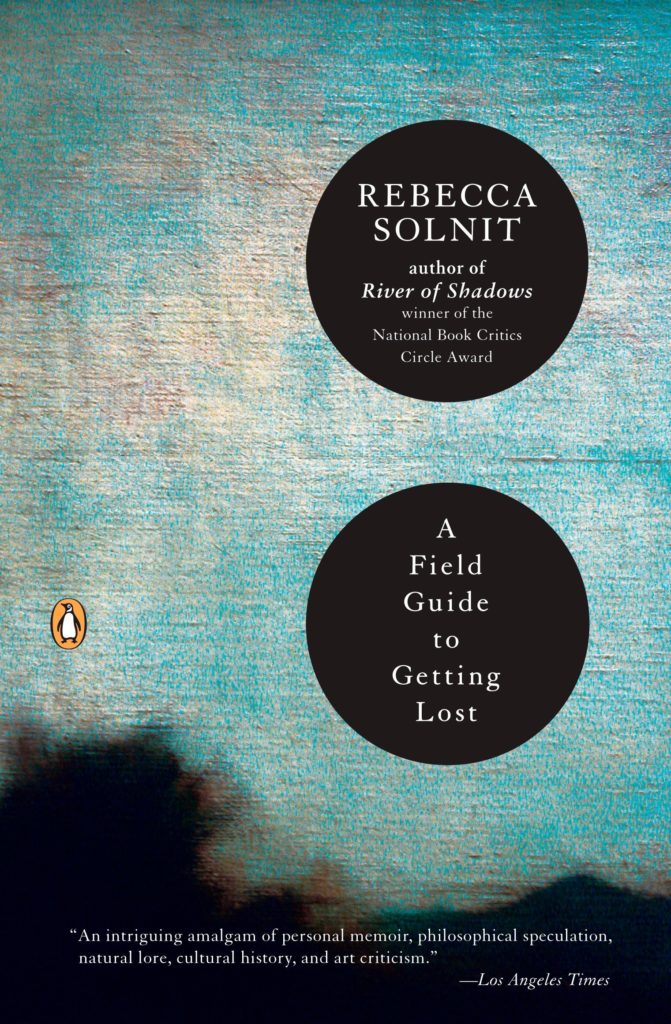
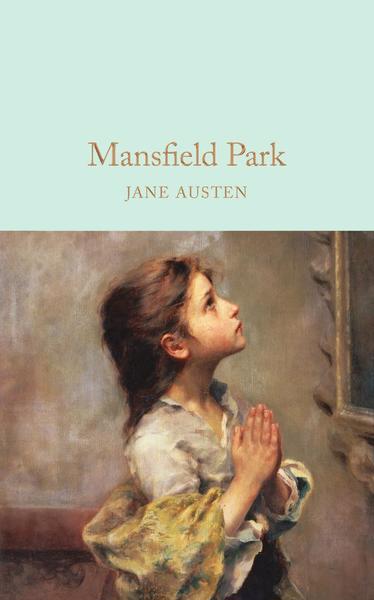
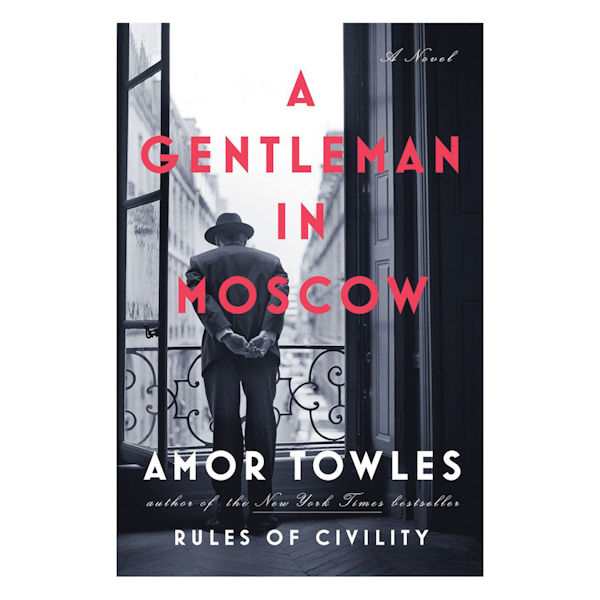
Love Literary Ganders! Ms Hurston’s work was never on one of my reading lists, but it sounds like this is the perfect time to read it.
We love them, too! If you read Their Eyes and enjoy it, we recommend checking out her early anthropological accounts of Florida! Thanks for gandering!
Have heard the (great title) but never knew what it was about-will def read now!
I’m inspired to pick up some classics now!
Great! Thanks so much for gandering. Hope you return to the blog soon!
Great! If you’re ever in need of more suggestions, just let us know! Thanks for gandering. xoxo, Gander & Co.
Like!! I blog quite often and I genuinely thank you for your information. The article has truly peaked my interest.